Look around on Instagram, VSCO, Behance, and so many other platforms. It’s true that you don’t need to shoot full-frame or medium format to get great portraits. In fact, one of the best happy mediums is APS-C. That may sound nuts because the out of focus area isn’t as pronounced as it is with full-frame. But the truth is that portraits aren’t always about bokeh. Good photos balance moment, gear, photographer, and subject. So with that in mind, we’re taking a look at the best APS-C cameras for portrait photography. Better yet, we’ve reviewed them all!
The Phoblographer may receive affiliate commission payments for links clicked in this article upon making a purchase.
How we Selected the Best APS-C Cameras for Portrait Photography
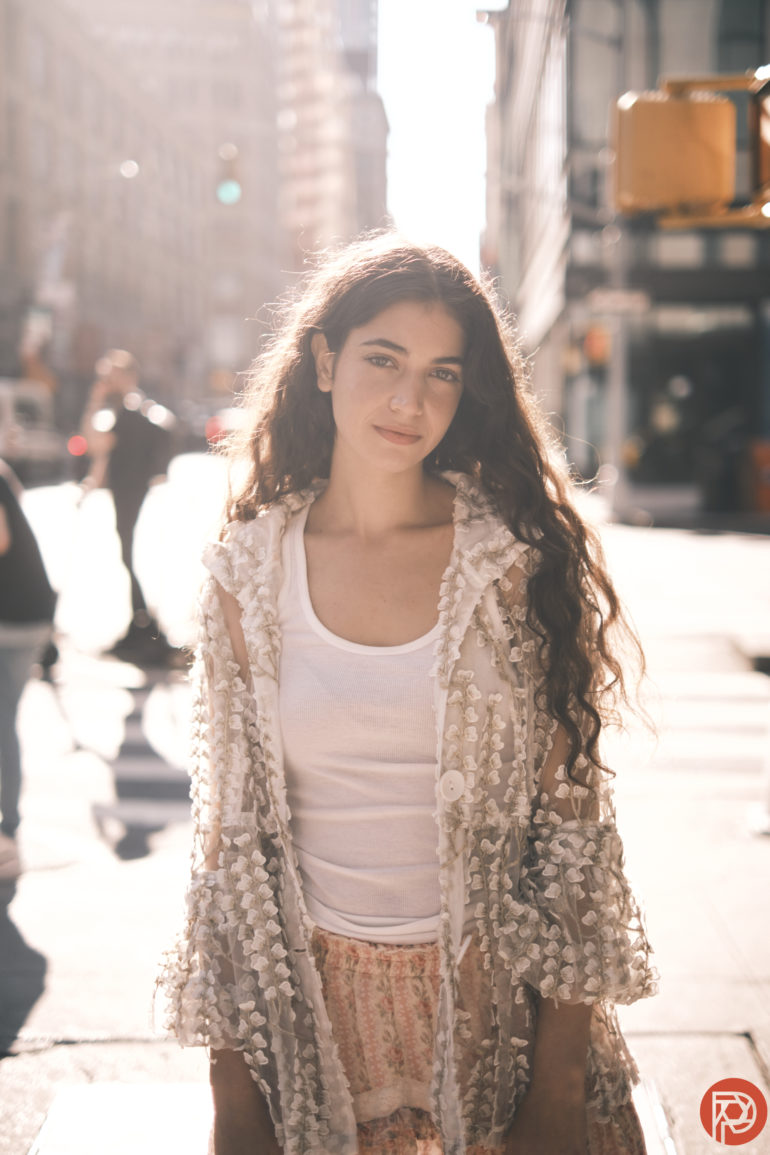
Here’s some insight into how to use this guide to the best APS-C cameras for portraiture:
- The Phoblographer’s various product round-up features are done in-house. Our philosophy is simple: you wouldn’t get a Wagyu beef steak review from a lifelong vegetarian. And you wouldn’t get photography advice from someone who doesn’t touch the product. We only recommend gear we’ve fully reviewed in these roundups.
- If you’re wondering why your favorite product didn’t make the cut, there’s a chance it’s on another list. If we haven’t reviewed it, we won’t recommend it. This method keeps our lists packed with industry-leading knowledge. Some of our stories include affiliate links. If you buy something through one of these links, we may earn an affiliate commission.
- We firmly believe that the best APS-C cameras for portraiture come from Fujifilm. This is because APS-C is their primary platform. Further, there are fantastic film simulations. Combine this with a bit of blur, and you’ll get the look that so many photographers really crave right now.
- So what makes a camera worth considering as the best APS-C cameras for portraiture? This guide is gauging a few things. First off, there’s affordability. For the money, our selections can do a whole lot. Then there’s the lens selection. We’re also considering autofocus performance. Face detection is a big thing to keep in mind here.
- The products in this list of the best APS-C cameras for portraiture were all tested by us. We also shot all the images ourselves.
For APS-C cameras, getting the traditional super blurry background takes a bit more work. You really need longer lenses and faster aperture lenses. If you shoot with Fujifilm, you can get their great 50mm f1 lens. Otherwise, you can grab some of their even longer lenses, like their 90mm f2. Basically, you just need to go longer and faster–or really lean into one of those.
the Best APS-C Camera for Portrait Photography: Fujifilm XH2
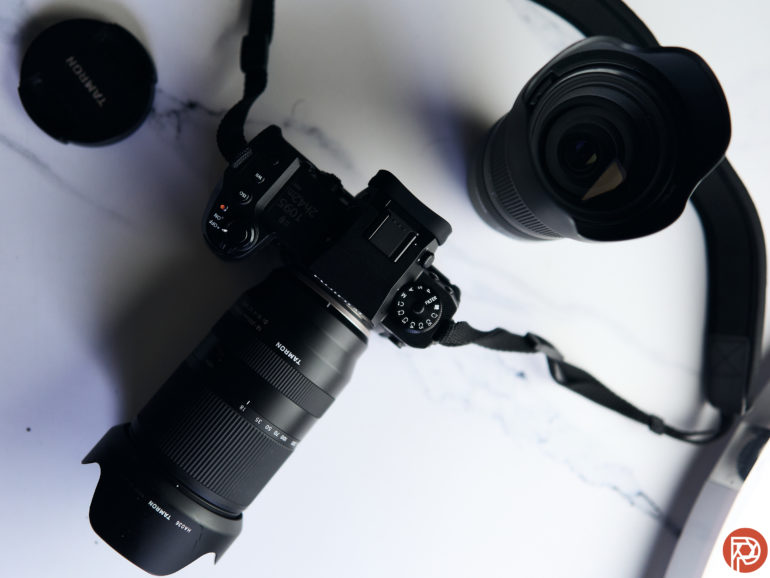
Tech Specs
For more on this product, check out the LensRentals listing.
- 40MP X Trans sensor. This is X Trans 5
- At the moment, Fujifilm says this is the highest resolution sensor in the world in an APS-C camera
- IBIS
- Pixel-shift multi-shot, which makes 160MP photos. These files are created with a piece of Fujifilm software
- Max of 1/180,000 electronic shutter, so you can shoot at f1 if you want in bright light
- CFExpress B and SD card slot
- X processor 5
- AI Autofocusing
- HEIF Output
- Pretty much the same body as the XH2s
- No new film simulations
- Not as advanced for video shooting as the XH2s
- Fujifilm says the XH2 doesn’t have as good autofocusing as the XH2s, but that it’s still more than capable
- Weather resistance
- ISO 125 is the new low ISO setting
- Uses the XT4’s battery, which seems like its going to be a new standard for lots of Fujifilm cameras
- Targeted more to photographers than videographers
- Pick one up over at Amazon if you’re interested.
PROS
- Very quiet
- Fantastic image quality
- High ISO images are fairly clean, or you can embrace the noise.
- The best color from an APSC sensor in a while
- Subject detection is great in sufficient lighting.
- Weather resistant
- Good for street photography
- Alright battery life
- Still works well with older lenses
- Cropped shooting mode in continuous drive mode is brilliant. (Let me get it right in camera and frame it perfectly there rather than fixing it later.)
- Continuous AF is great in good lighting.
- Very good at 10pm for tracking birds
CONS
- I miss the ISO dial so much.
- Desperately needs to find a way to make switching between subjects faster
- Rolling shutter in pre-shot ES
- I wish it had more customizable buttons.
- Fuji needs to update how their focusing modes work.
- Star ratings don’t transfer over to Capture one or Lightroom.
- Continuous AF isn’t so great in low lighting.
- Fuji needs to update their AF-C customization modes.
- Autofocus performance deteriorates with exposure preview on and lots of underexposure.
- High ISO editing versatility isn’t all that great, but for wildlife it really needs to be.
- Fuji currently lacks a major selection of fast telephoto lenses, and they really need them.
What We Think
We’re choosing the Fujifilm XH2 for a few reasons. First off, there are the beautiful film simulations. Then you have to consider the higher megapixel count at 40MP. This will give most photographers more than what they need. And here’s the really cool thing: if you use some of the older Fujifilm lenses, they won’t render as clear photos as they will on a lower megapixel sensor. Some folks like to say that it won’t resolve the sensor, but that’s not true. Instead, it will give those lenses some extra wonderful character. Sure, this has a few autofocus issues. But if you’re shooting portraits, your subjects shouldn’t really be moving anyway.
Here are the conclusions to our review of Fujifilm XH2.
The Fujifilm XH2 speaks more to the brain than the heart. If you want the practicality of all the DSLR form-factor cameras others produce, then you’ll like the XH2. I, however, really like Fuji’s retro-style cameras. A camera doesn’t have to do one or the other; it can do both. With that said, the XH2’s ergonomics are good from a practical standpoint. But at the same time, it feels a bit like your favorite band sold out. Good on the band for trying to make money, but you’ll miss the way they used to sound. With all that, the Fujifilm XH2 has the best image quality I’ve seen from an APS-C sensor in a while. And in good lighting, the autofocus is very capable.
At the same time, this camera has various issues with autofocus. In conversations with Reviews Editor Hillary Grigonis who reviewed the XH2s, we agreed that Canon and Sony still perform better. We found issues with rolling shutter, star ratings, and autofocus performance pretty much across the board. With ample lighting, the XH2 is a beast, but so is any other modern camera. In low lighting, you need the fastest Fujifilm primes for it to make a difference.
Oh, and the high ISO image quality is pretty good as long as you’re nailing the exposure. Think about shooting with the camera like slide film in that situation.

The Fujifilm XH2 receives four out of five stars. Most of what we want fixed can be done via firmware updates. Hopefully those come. You can pick up the Fujifilm XH2 at Amazon if you’re interested in purchasing one.
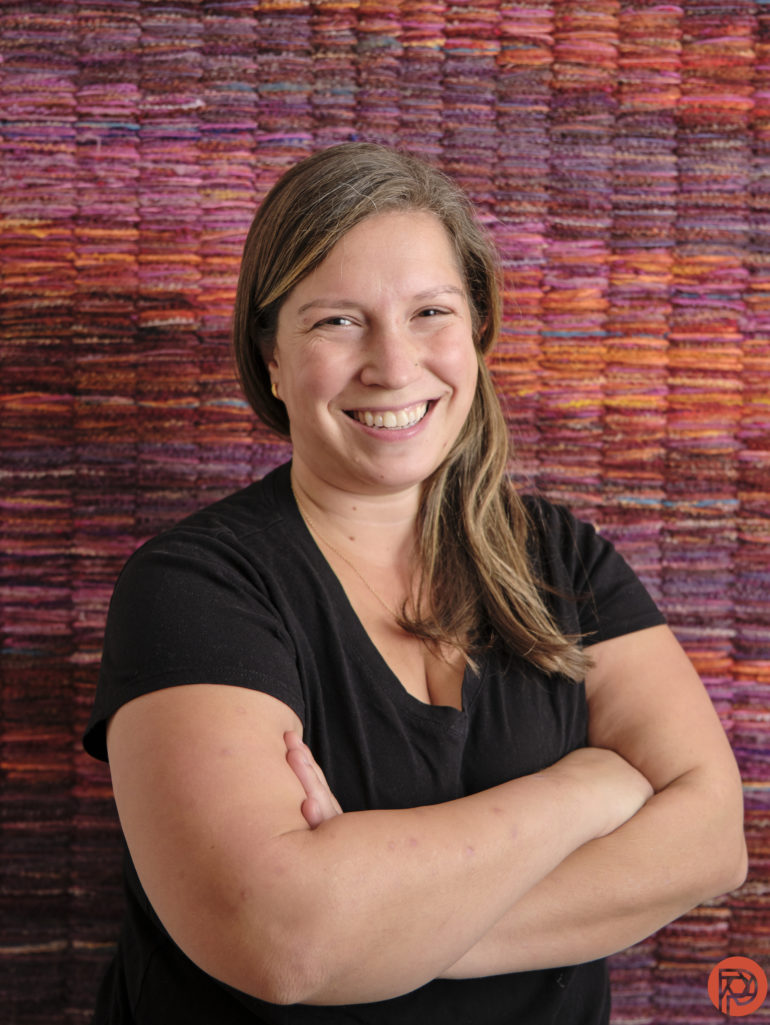
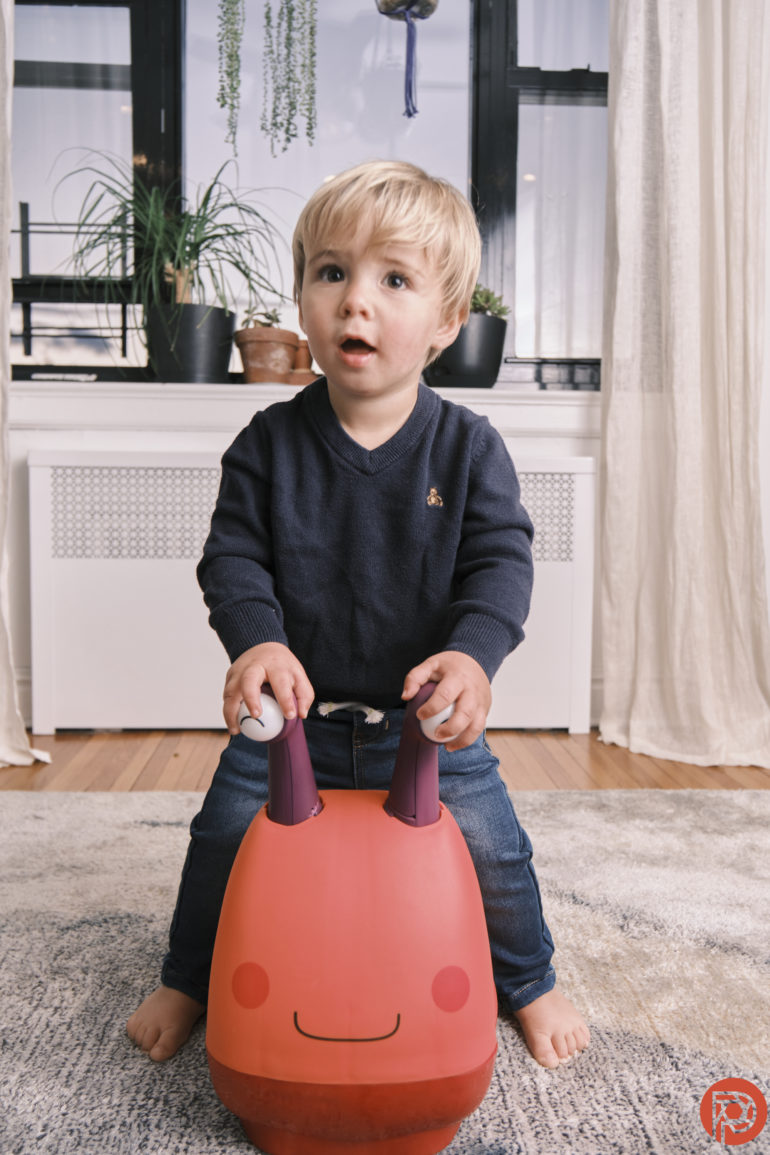
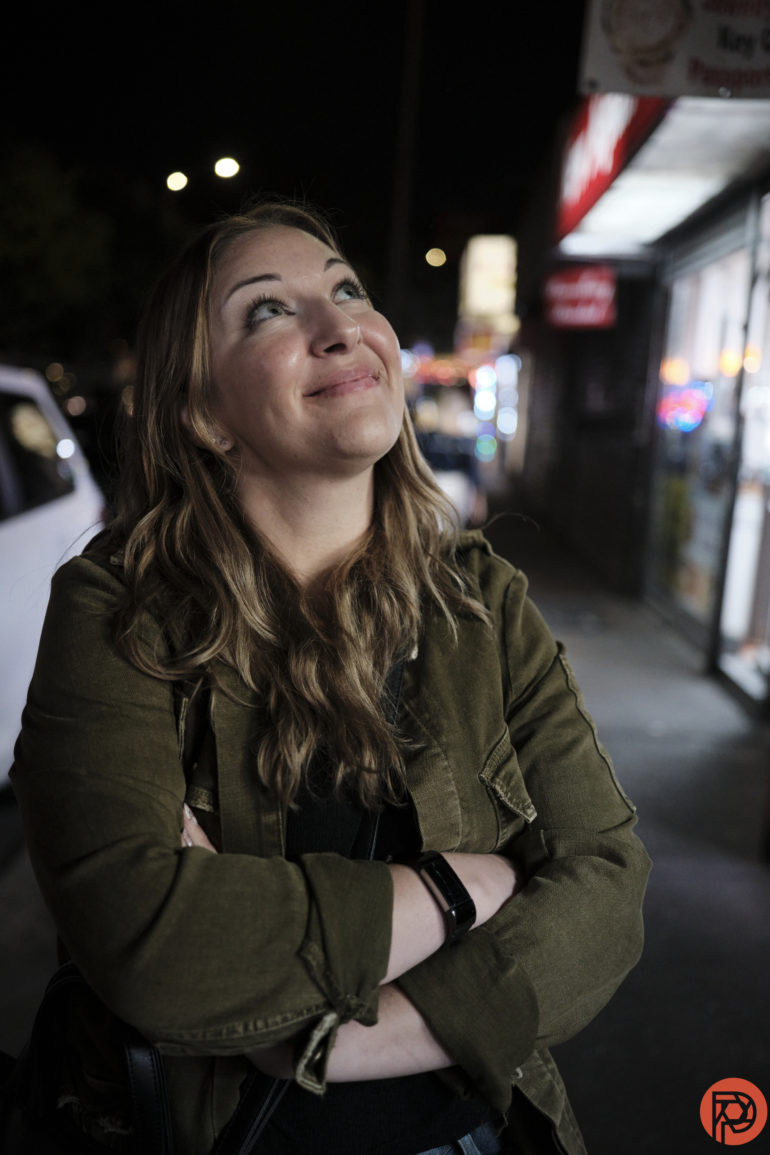
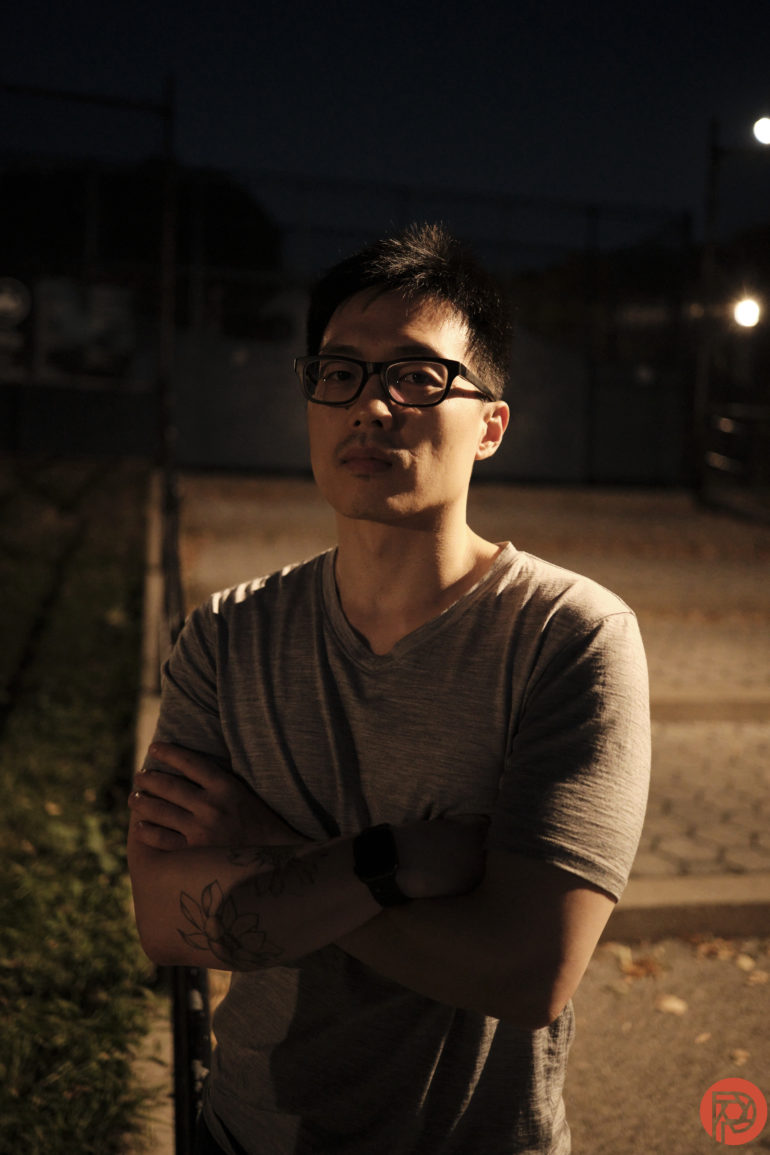
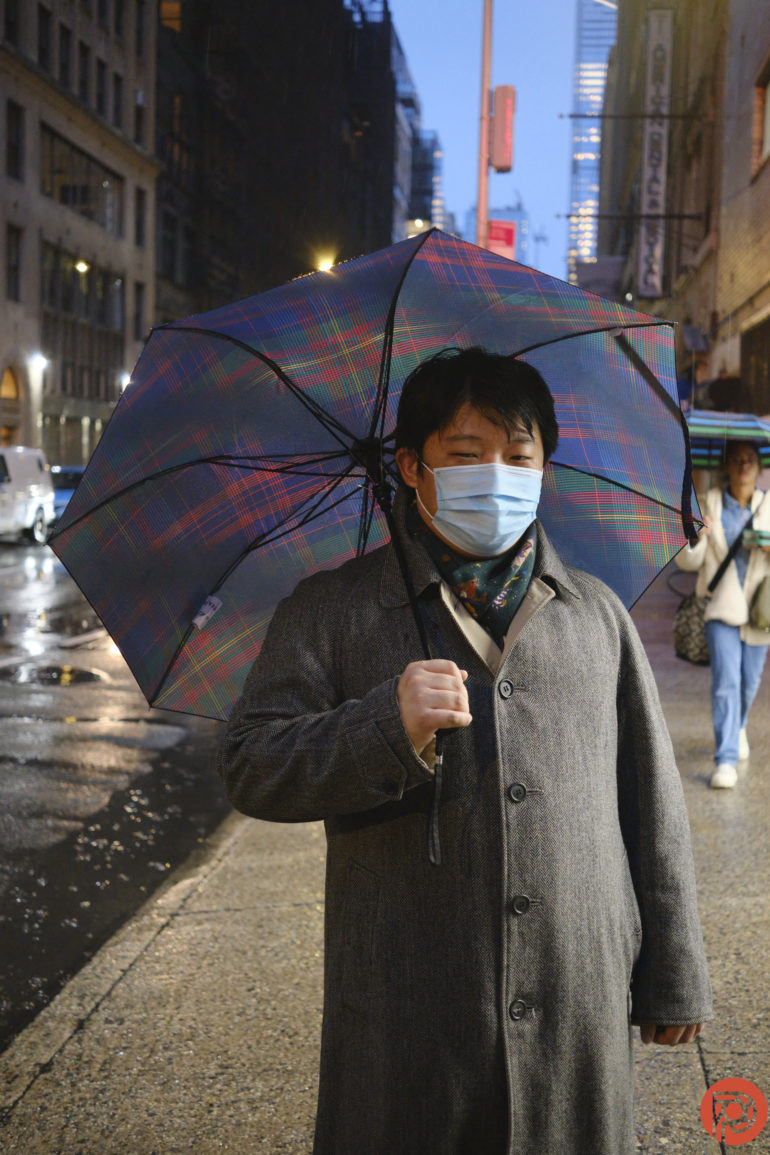
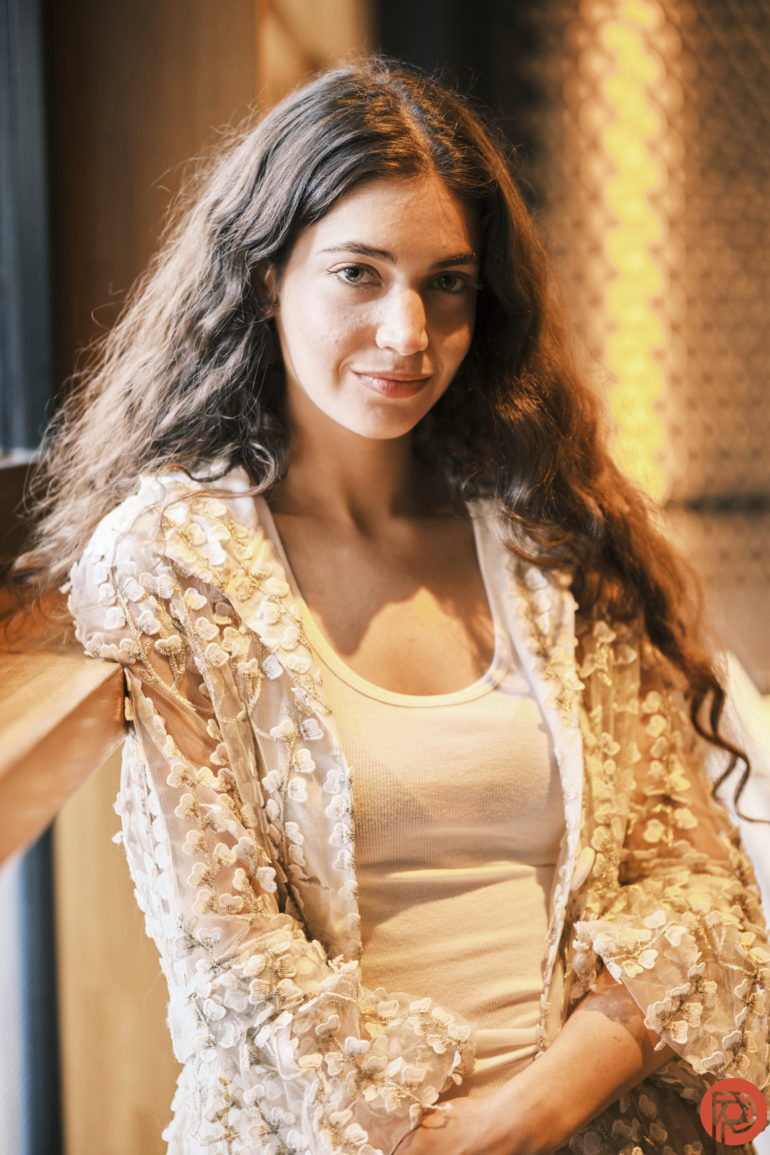
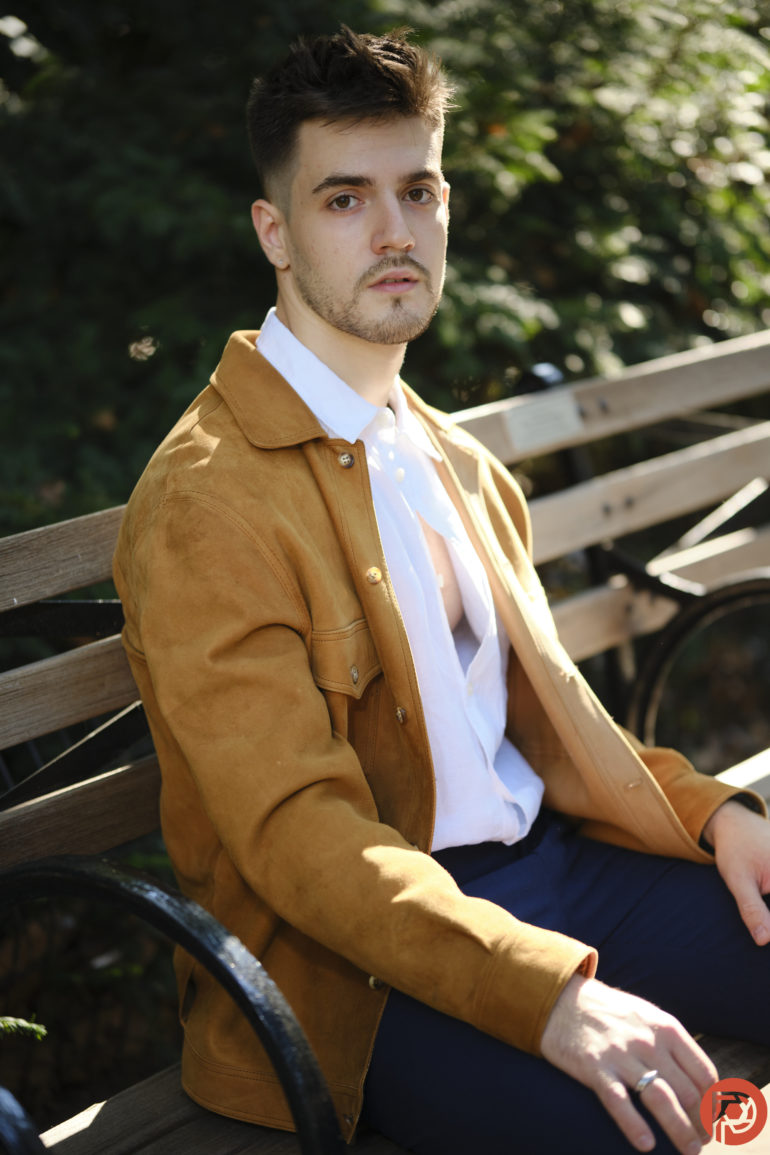
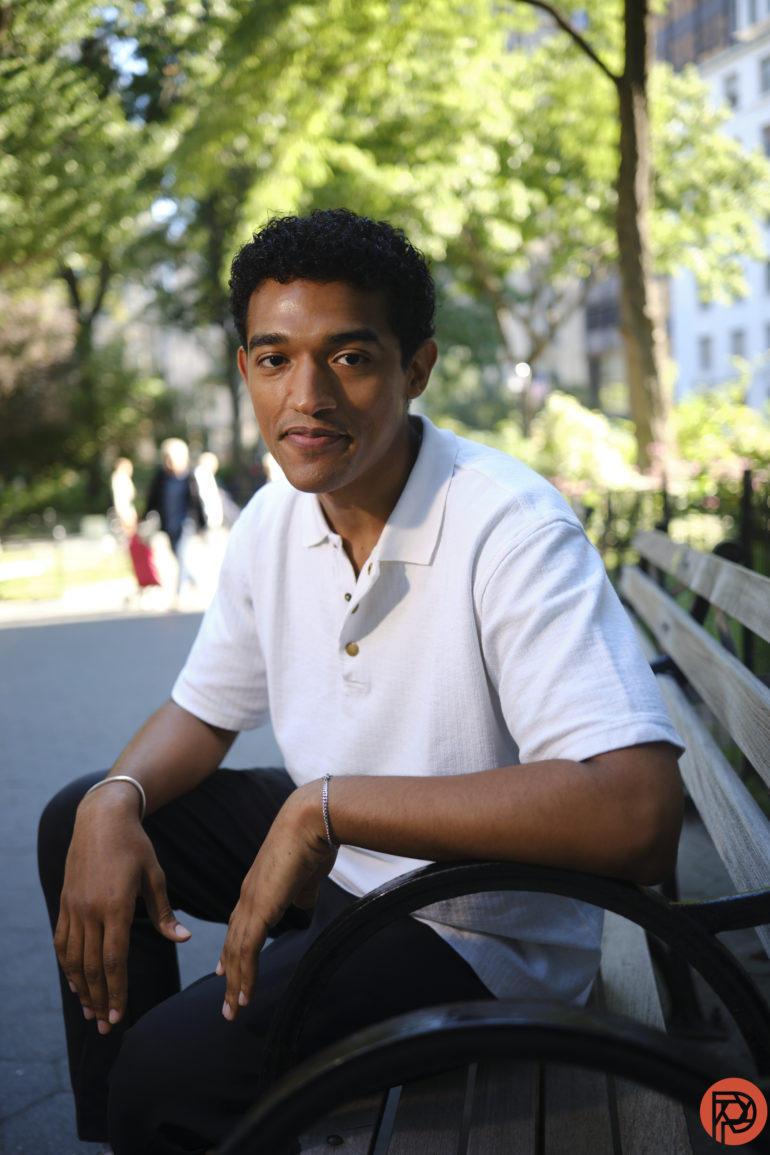
3 Other Great APS-C Cameras for Portrait Photography
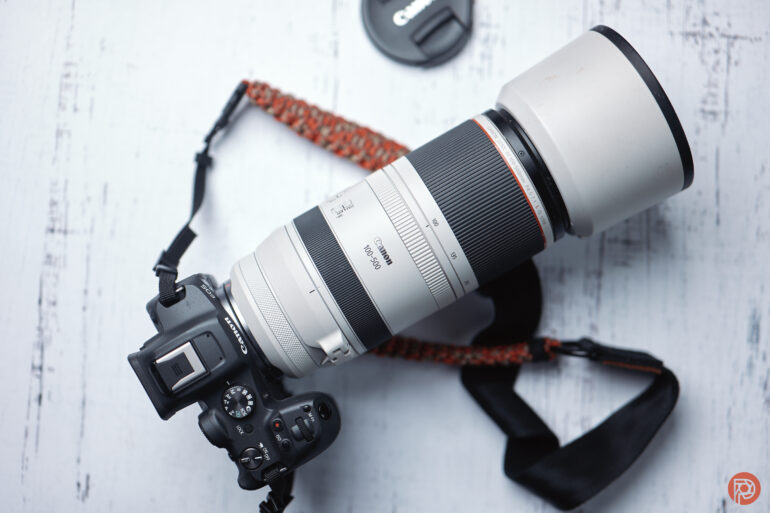
Here are three other great options that photographers will enjoy. Most of these cameras are from Fujifilm. But for the money, Canon has the most affordable APS-C portrait camera on the market. It’s also easy to be used as a workhorse. It’s absolutely qualified for being one of the Best APS-C Cameras for Portrait Photography. But it’s not quite meeting the mark because of how expensive Canon’s L lenses are. Fujifilm, on the other hand, lets you use lenses like the 50mm f1 and more.
Fujifilm XT5
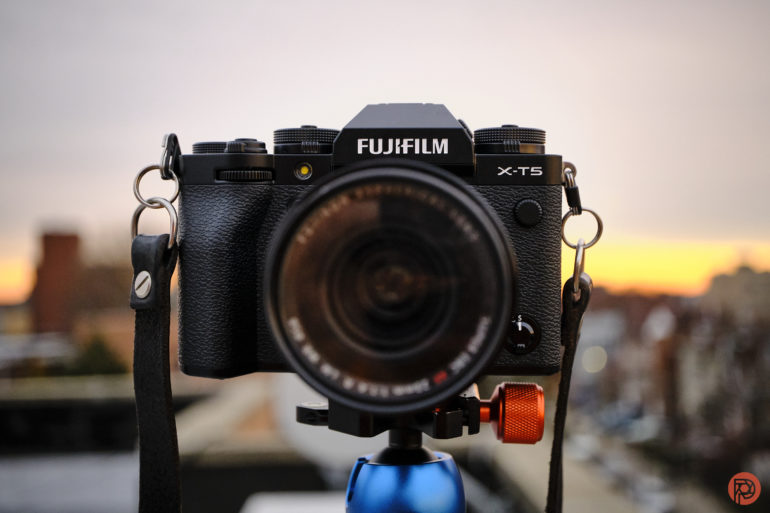
In our review, we state:
Photos from the Fujifilm XT5 find a happy medium between technical greatness and character. The 40-megapixel sensor creates sharply detailed photos, yet the colors are still classic Fujifilm. An updated processor helps the added resolution not wreak havoc at high ISOs. And, with the right lens, it’s easy to make great bokeh and flare. That’s all packaged in a body with a classic look and feel that can withstand inclement weather.
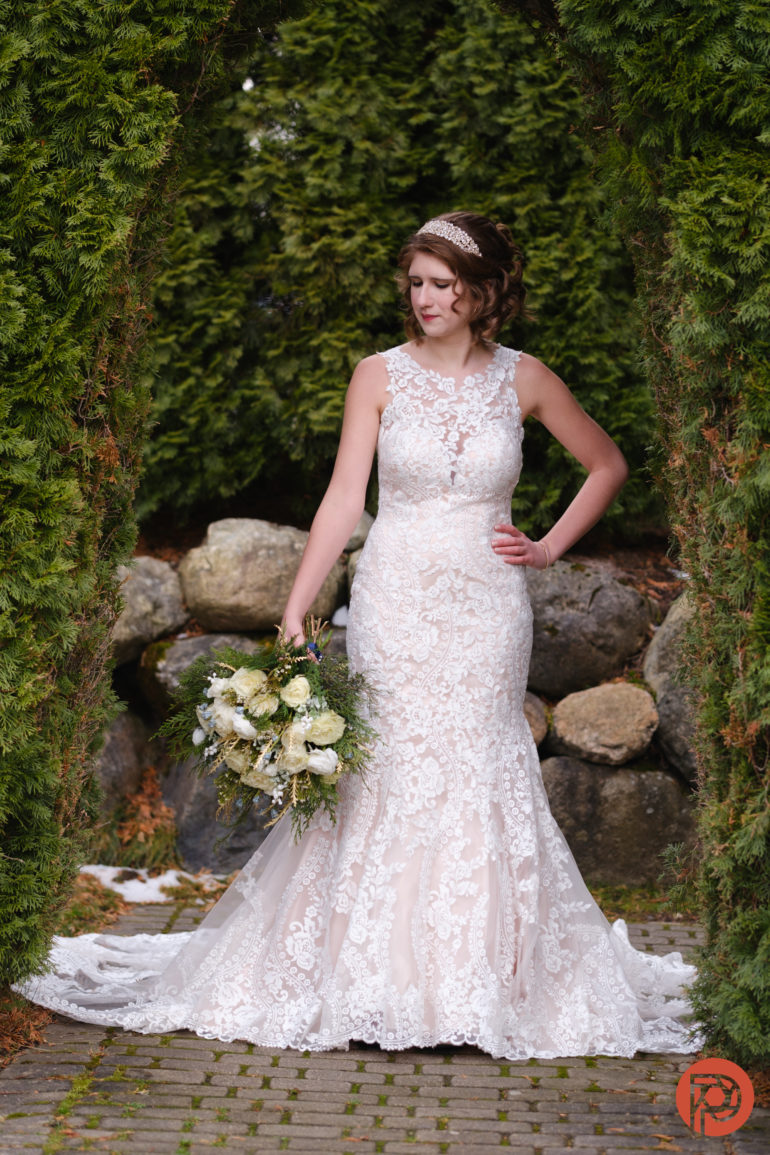
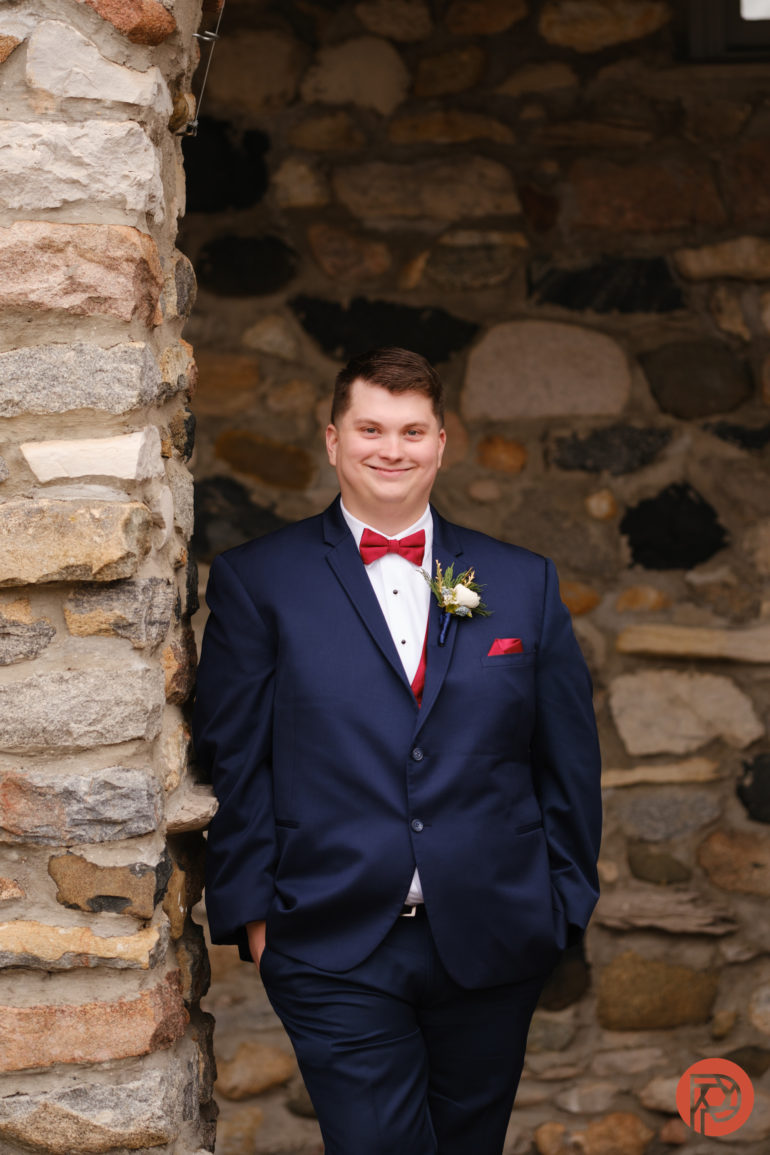
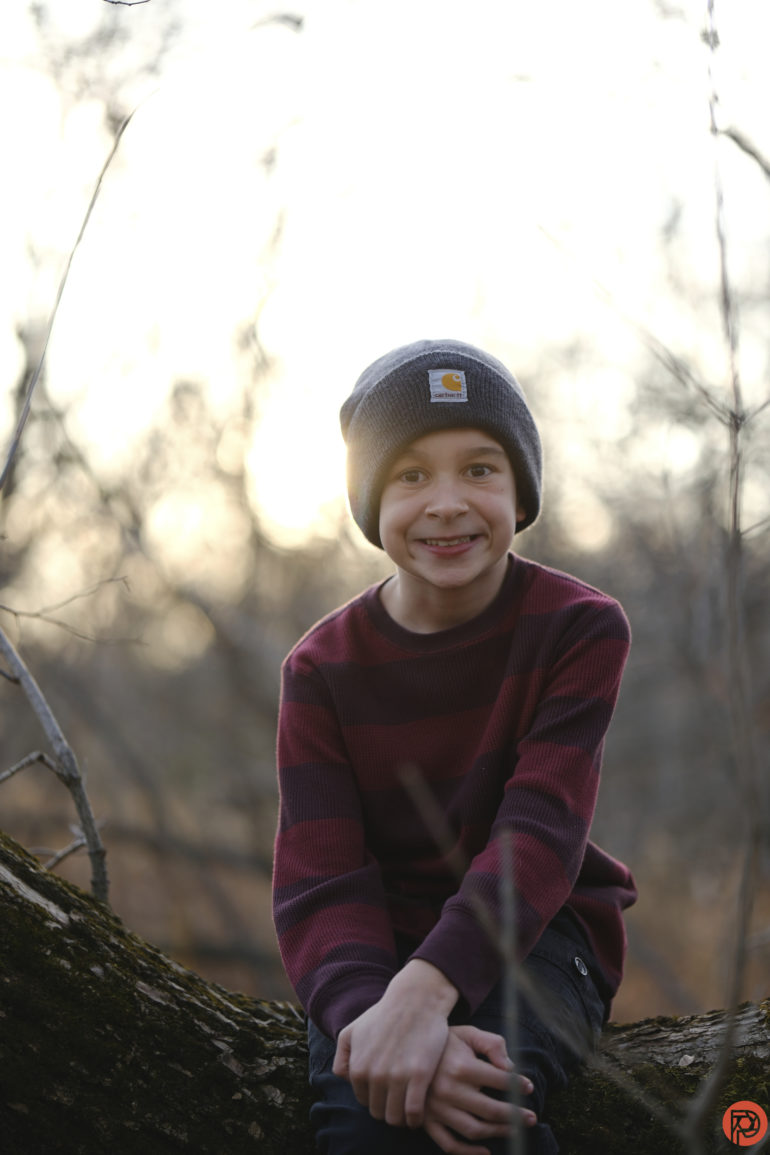
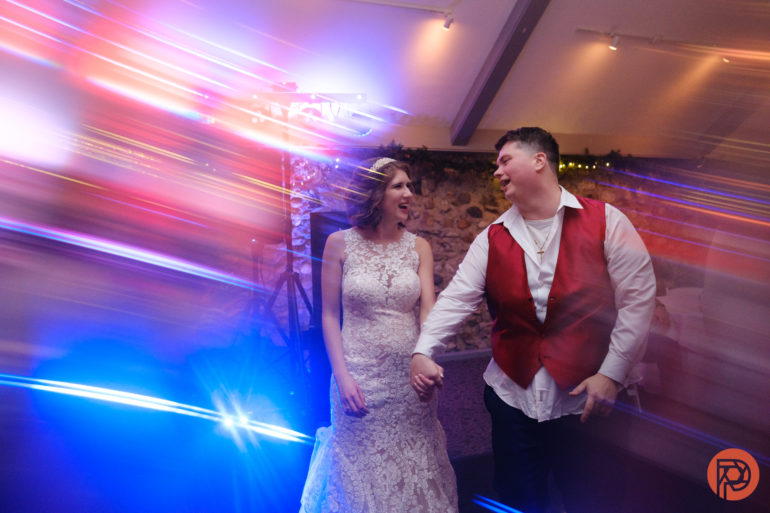
Fujifilm XH2s
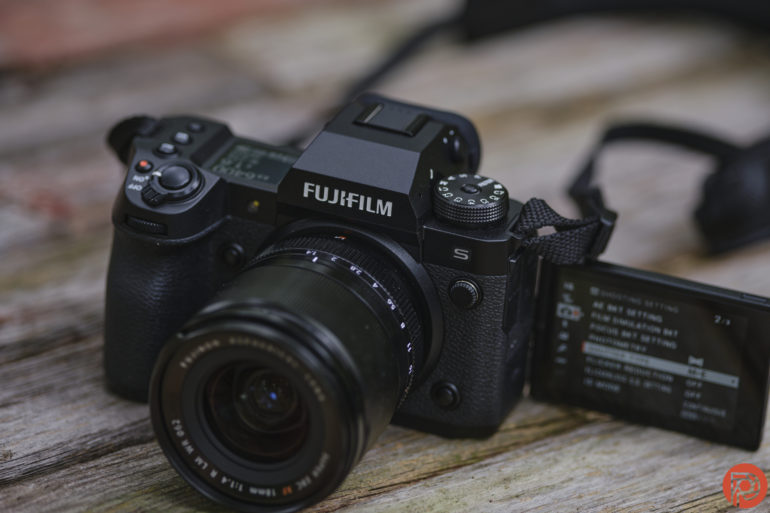
In our review, we state:
The Fujifilm X-H2s is a refreshingly solid camera that can shoot multiple genres with little need for editing. The mix of excellent images straight from the camera, comfortable ergonomics, and an updated autofocus system make it a great choice for multiple types of shoots. While I wouldn’t name the XH2s as the best for sports or best for birding, it’s an excellent choice for the photographer who doesn’t conform to just one category. The XH2s mix of beautiful colors and fast low light autofocus make this camera most at home shooting events and portraits. But, it’s no slouch dabbling in sports or wildlife either. It has faster autofocus and better high ISO quality compared to the higher resolution X-H2.
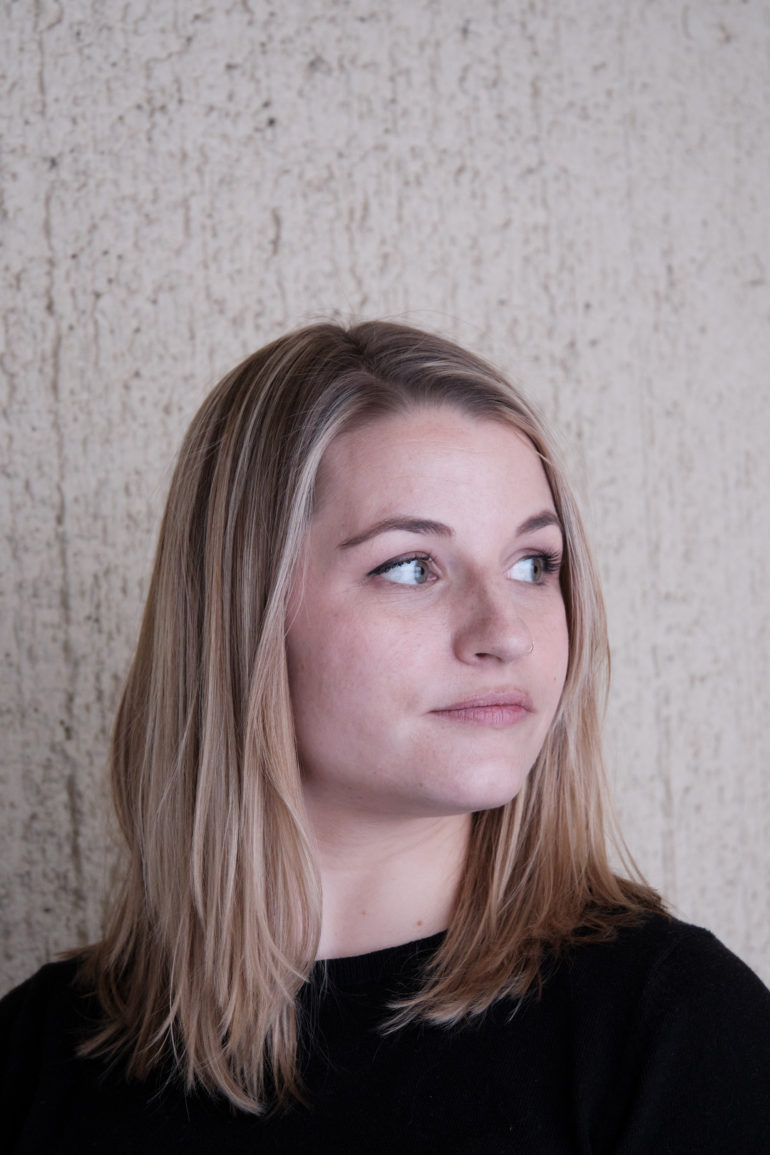
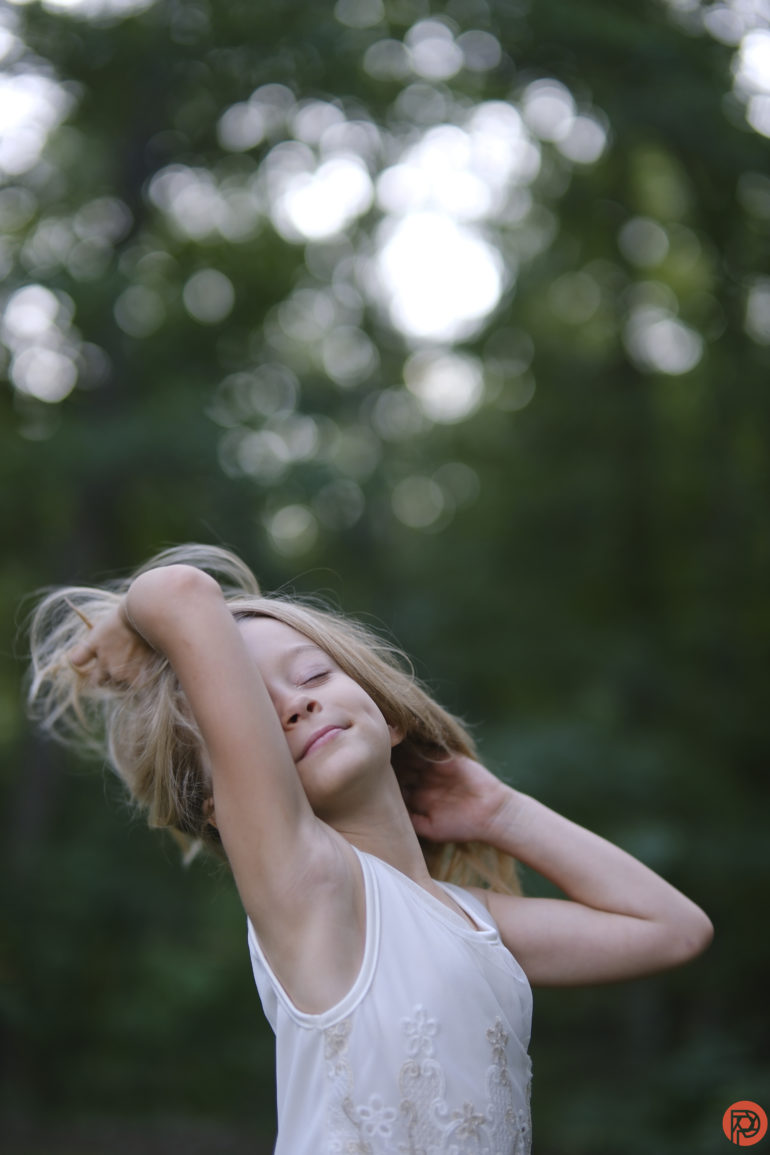
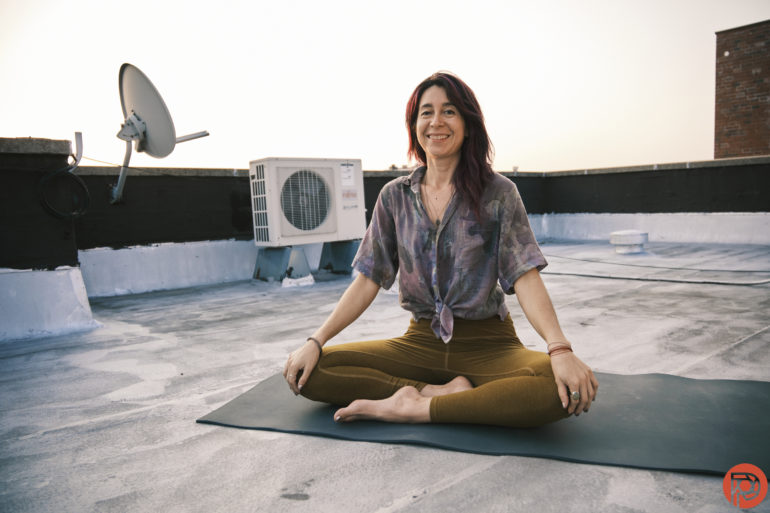
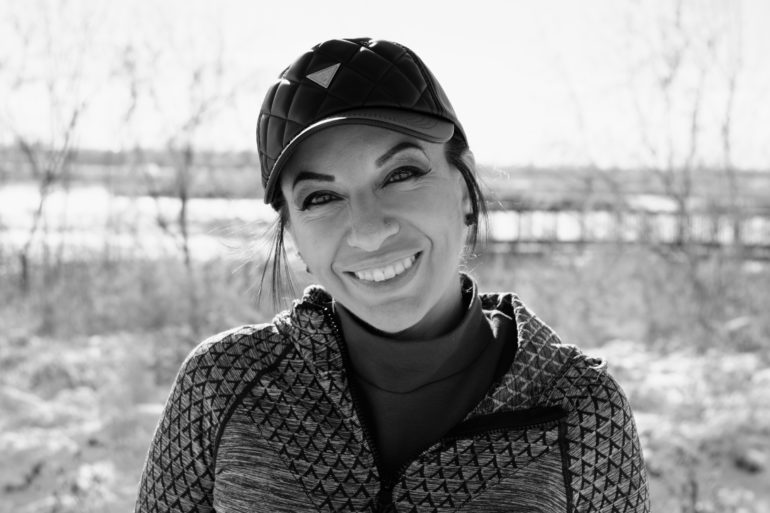
CAnon EOS R7
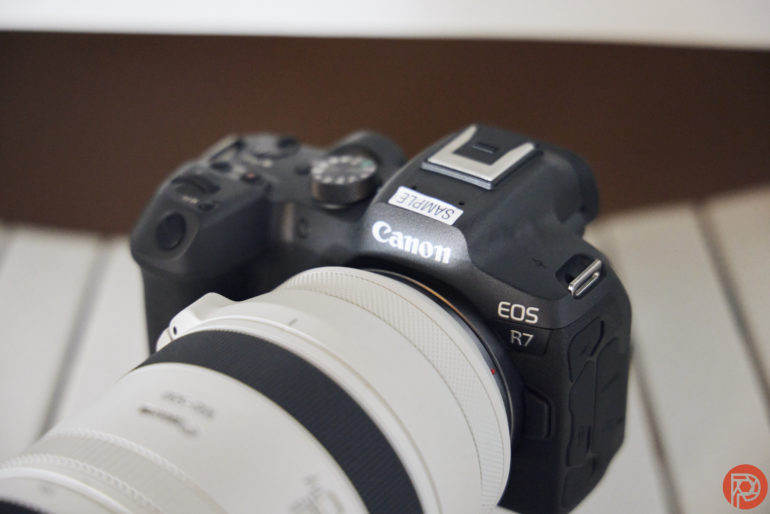
In our review, we state:
The Canon EOS R7 is an fantastic camera. Canon took the autofocus of the EOS R3 and packed it into a camera with an APS-C sensor. This is perhaps the thing worth talking about the most as it more or less outperforms the EOS R5 and EOS R6. With that said, the EOS R3 is a fantastic companion to those cameras as well as the original EOS R. As the spiritual successor to the Canon 7D series, the EOS R7 performs very well across the board. The changes to the ergonomics will be welcoming to new customers, and possibly divisive amongst the Canon loyalists. The build quality is outstanding when paired with equally weather-resistant lenses. And the image quality is a fascinating thing to talk about. The high ISO output is exceptionally clean for a camera like this. In some cases, it even outdoes the Canon EOS R, a full-frame sensor camera.
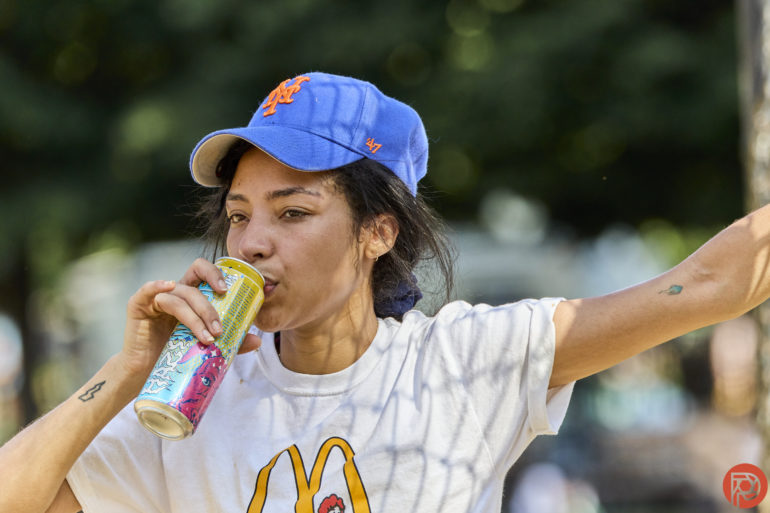
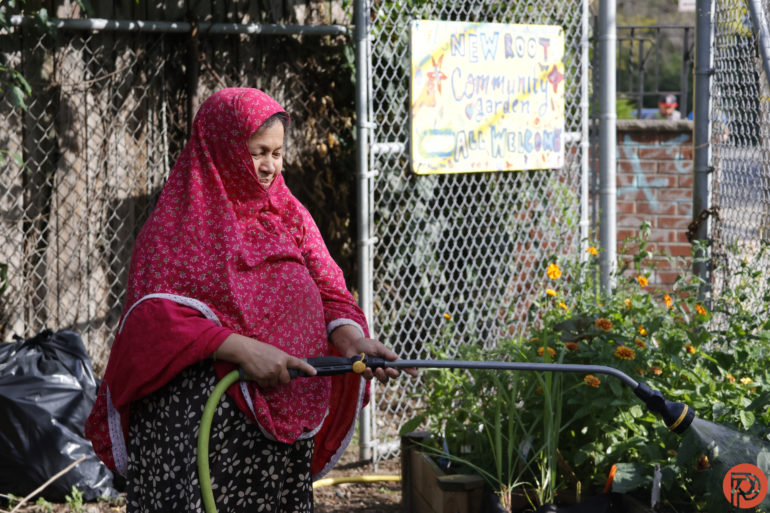
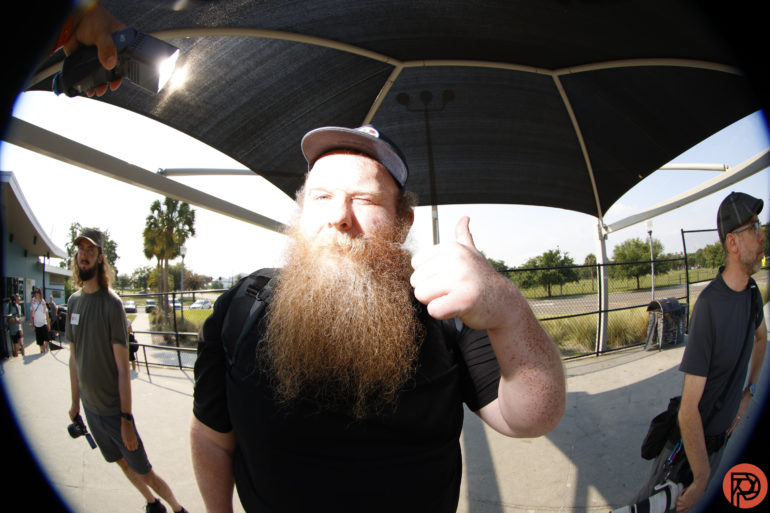



Leave a Reply